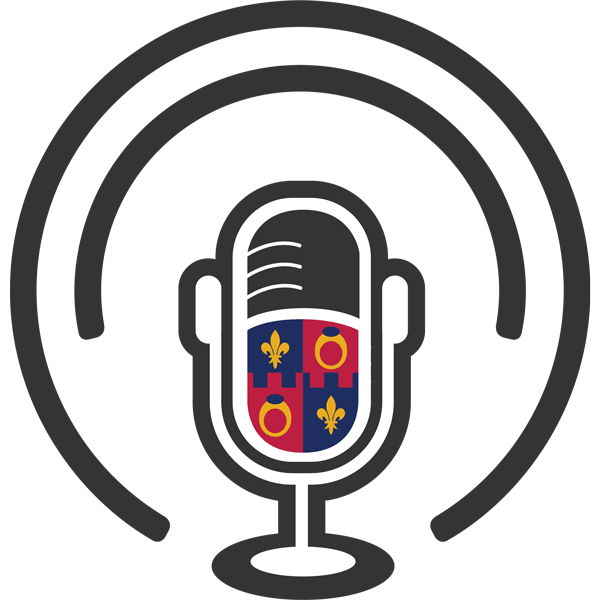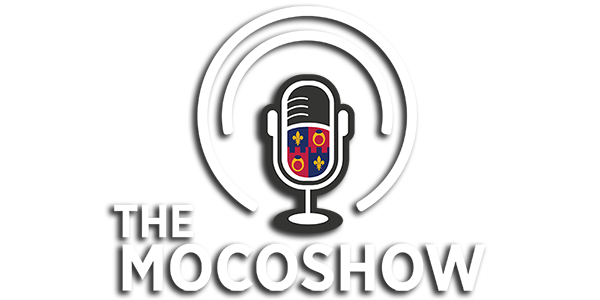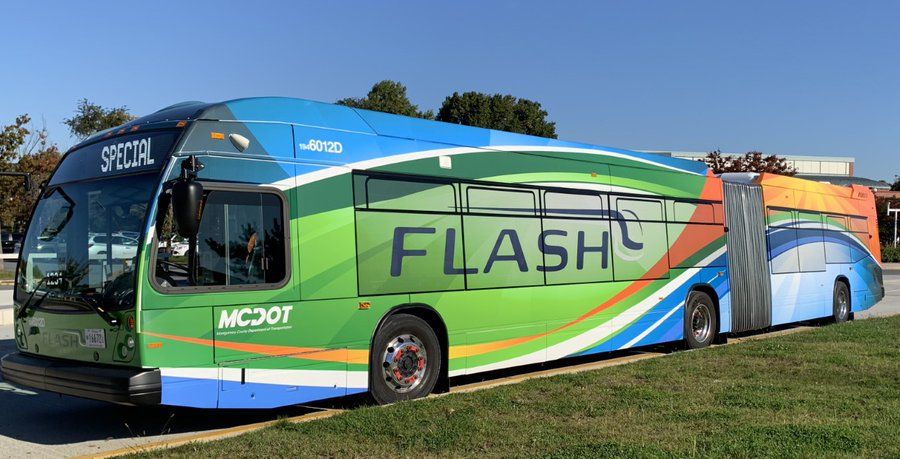
The Montgomery County Department of Transportation (MCDOT) will celebrate the one-year anniversary of the County’s first rapid transit service—the Flash—with special greetings of riders on Thursday, Oct. 14. More than 500,000 riders have used the frequent and reliable Flash service. And now the County is looking toward expansion.
MCDOT outreach teams will be at several Flash stations on Oct. 14 to greet riders, solicit feedback about the service and distribute Flash anniversary items to riders.
Outreach teams will be at the following Flash stations:
- Tech Road, Castle Blvd, April Lane: 7-11 a.m. and 3-7 p.m.
- White Oak: 7-11 a.m. and 3-7 p.m.
- Silver Spring Transit Center: 7 a.m.-7 p.m.
The Flash currently operates on Colesville Road/Columbia Pike (US 29) and connects Downtown Silver Spring Transit Center with White Oak, Briggs Chaney and Burtonsville with stops along the way. Flash buses feature bike racks inside, free Wi-Fi service and USB ports.
The Flash has two routes that each start at the Silver Spring Transit Center. The Orange route makes 10 stops from the Transit Center to Briggs Chaney. The Blue route makes five stops from the Transit Center, ending at the Park and Ride in Burtonsville.
The service—which uses 60-foot-long articulated buses—carries more than 1,800 riders per day. Buses run every 15 minutes from 5:30 a.m. until midnight seven days a week and twice as often during peak hours. At full capacity, the buses can transport up to 80 passengers and are more time-efficient than traditional buses.
The US 29 Flash was the first step in creating a network of rapid transit lines in the County. The County is performing preliminary engineering and design for it next two planned Flash corridors along MD 355 (Rockville Pike) and MD 586 (Veirs Mill Road). It also is in preliminary planning stages for New Hampshire Avenue and North Bethesda.
“Many of our residents depend on our public transportation systems to get to work, school and to run essential errands for their families,” said County Executive Marc Elrich. “They deserve a transit network that is efficient and gets them where they want to go. That is why we will continue to work to improve and expand Flash to support economic development and improve quality of life. Effective and efficient public transportation is good for the economy, our residents and the environment.”
The service along US29 links a continuous corridor of neighborhoods, retail operations, job centers and regional Park and Ride lots. The route serves the Food and Drug Administration headquarters in White Oak and expands transit connection options near the new Adventist Healthcare White Oak Medical Center and the emerging East County development that includes Viva White Oak.
MCDOT is currently providing all bus services free of charge in response to the COVID-19 health crisis, but when fares are reinstated, the cost to ride Flash will be the same as the regular price of Ride On. That will make Flash a premium transit experience at an economical price.
Flash has distinctive, modern stations along the route that feature weather protection, pre-payment kiosks and real-time transit information.
Bus safety features include Mobileye, a pedestrian detection system that alerts bus operators when a pedestrian is approaching the vehicle’s path. Flash buses are the first in the region to use this new technology, which further supports the County’s Vision Zero Initiative to eliminate serious and fatal injuries related to traffic incidents.
“I’m encouraged by the success the Flash has seen in its first year despite the unprecedented impacts of the COVID-19 pandemic on transit services,” said MCDOT Director Chris Conklin, “The Flash has demonstrated its ability to provide fast, comfortable and reliable travel in Montgomery County. This system is shaping the future of local transit. Even with the pandemic, our ridership numbers demonstrate that this is a valued transit system, and we are looking forward to its expansion.”
Total project costs for Flash on US 29 were nearly $40 million, of which $10 million was funded by a Federal TIGER (Transportation Investment Generating Economic Recovery) grant. Flash vehicles and stations were all fabricated in the United States.
MCDOT continues to advance planning for additional improvements to US 29, including more dedicated lanes for transit and additional high occupancy vehicles.
Passengers are required to wear a face covering to board and must continue wearing the covering for the entire time riding on a bus. All buses have a supply of face coverings for those who cannot provide their own. Bus interiors are cleaned twice daily with hospital-grade disinfectant. Bus filter and ventilation systems are treated each night with a disinfectant.
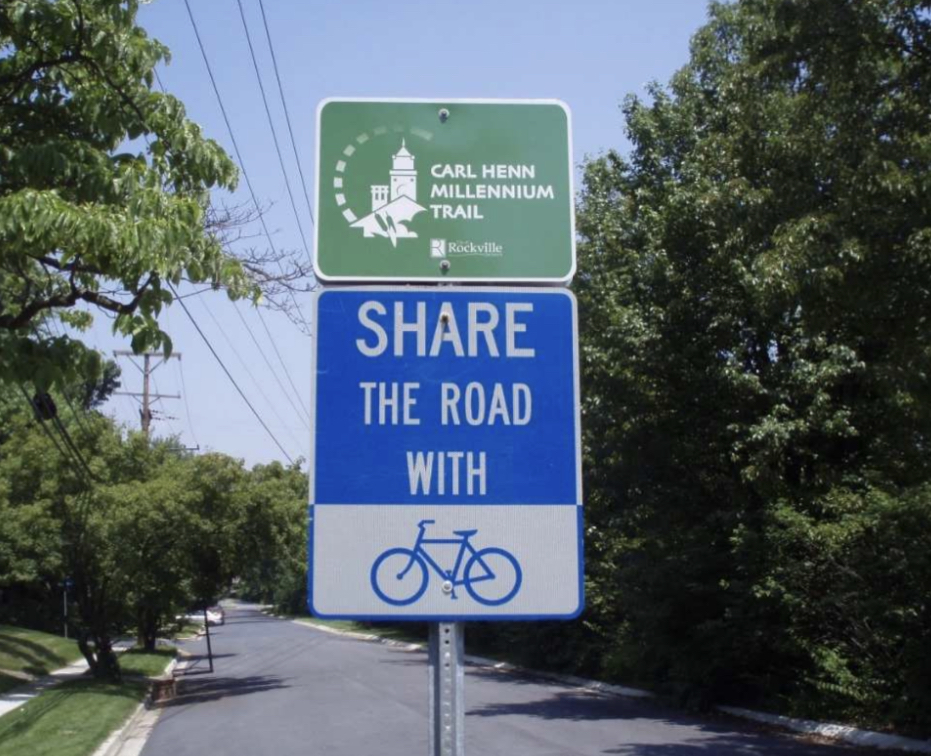
This past summer (late June 2021), the Rockville Department of Public Works presented a Draft Bike Lane Concept Plans for Maryland Avenue to Mayor and Council as part of the Rockville Bikeway Master Plan.
The Rockville Bikeway Master Plan, which was adopted by the mayor and city council in 2017, is a component of the city’s Comprehensive Plan and provides a vision for a safe and efficient multi-modal transportation system within Rockville.
The plan is intended to be used by city staff, elected officials and residents as a guide for improving bicycle infrastructure and programs over the 10 years (by 2027, since adoption of the plan came in 2017).
While the plan articulates a vision for the city’s bikeway network, it is not an exhaustive list of possibilities and new bikeway infrastructure will be considered as opportunities arise.
Some recommendations in this plan are aspirational and would face constraints, such as existing roadway conditions, including widths, speeds, parking, etc., which would make the recommendations not feasible.
Finding ways to increase the safety and efficiency of all roads for bicyclists as projects arise continues to be a priority in reviewing the plan. Rockville continues to build facilities listed in the Bikeway Master Plan through the city’s Bicycle Implementation Strategy.
Per the City of Rockville, the objectives of the plan are to:
• Improve the safety of bicycling in Rockville for users of all groups. Many people cite safety concerns as reasons why they do not ride bicycles. Directly addressing these concerns through infrastructure, outreach, and enforcement can help people climb over the safety hurdle.
• Enhance the mobility of cyclists by improving the bicycle facility network. The recommendations within this Plan are intended to help create a more comprehensive bicycle network. It is also helpful to be knowledgeable about Rockville’s bicycle ridership. Statistics allow us to better plan for the future by knowing current ridership numbers and compare them to past and future ridership data.
• Provide bicycle facilities during site development, redevelopment and roadway construction to improve the continuity of the bikeway network. It is important to add these amenities early in a development or redevelopment process because it is difficult to retrofit existing development to adequately accommodate bicycling. Rockville’s Complete Streets policy is a guiding document to ensure that bicycling is included in all projects across the city.
• Protect the environment. Rockville’s Mayor and Council signed the U.S. Mayor’s Climate Protection Agreement in 2006, and Maryland’s Greenhouse Gas Reduction Act of 2009 requires greenhouse gas emissions statewide to be reduced 25% by 2020. Roughly 40% of Rockville’s greenhouse gas emissions come from transportation, according to a 2006 study. Bicycling is a non-polluting form of transportation, and its use is a statement by an individual to reduce their carbon emissions and help Rockville meet these goals. The City can help promote the environmental benefits of bicycling by encouraging its use and developing bicycle amenities in environmentally sound ways.
• Encourage bicycling as a means of transportation and recreation. Many people fondly remember bicycling as a child, and a little encouragement can help them understand its potential role in their lives as adults.
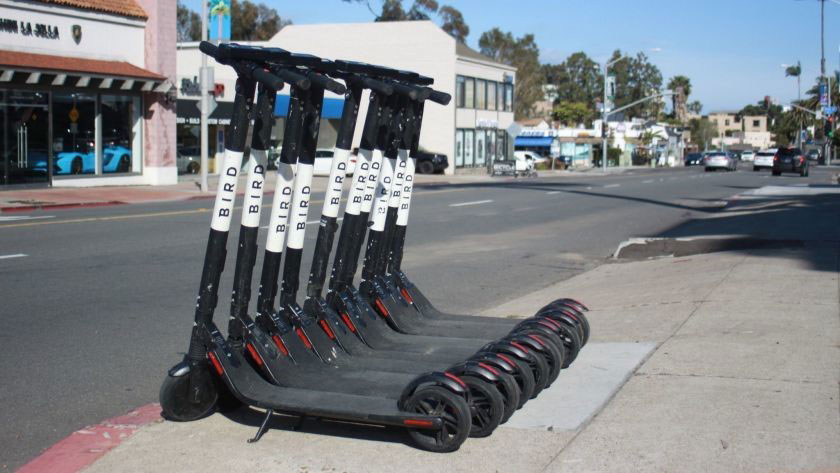
The City of Gaithersburg is participating in the Montgomery County Dockless Vehicle-Sharing Demonstration Project.
The County program allows selected companies to deploy dockless e-scooters at no cost to the municipality, while users pay a rental fee for them.
In the coming weeks, e-scooters will be available in four locations: near the train stations in both Olde Towne and Metropolitan Grove, in the Kentlands commercial district, and in the vicinity of Crown and Washingtonian.
In June 2019, the Montgomery County Department of Transportation (MCDOT) introduced the dockless e-scooter program to geographically defined areas in the east and west portions of the County. The City of Gaithersburg agreed to participate in the program in 2020.
The company deploying e-scooters in Gaithersburg is Bird. Through the Bird smartphone app, riders can see the closest Bird scooter on a map, unlock it, complete a safety tutorial, and ride to their destination. It
costs $1 to start, then a per minute fee is applied. Safety and educational information is available here.
MCDOT is hosting free e-scooter trainings and safety clinics for those 18 and older in September and October. Stop by any time during the two-hour sessions to take a test ride, learn safety tips and get details on basic scooter laws. Participants must have a valid driver’s license. No registration is required to attend. Click here for the schedule of clinics and more information.
Montgomery County Rules for Dockless E-Scooter Sharing:
- Must be 18 or older to rent an e-scooter.
- Must show a valid driver’s license.
- E-Scooters can only be parked within the specified east and west geographic areas.
- Riders will not be able to end their trip outside the service area.
- Speed limit for e-scooters is 15 mph.
- E-Scooters are prohibited from all sidewalks and on streets where the speed limit is 50 mph or higher.
- E-Scooters must be parked in the public right of way and cannot interfere with traffic operations, block driveway access, crosswalks, ADA ramps, pedestrian access, bus stop, fire hydrants or impede access to private property or businesses. For proper ways to park an e-scooter, watch this video.
- E-Scooter companies require that riders where a helmet when riding.
While the e-scooter program is being allowed to operate within the City of Gaithersburg, the program is administered by Montgomery County. Residents concerned about the location of parked e-scooters should contact Montgomery County Commuter Services at 240-777-8380 or Bird at [email protected]. Learn more about the Montgomery County Dockless Vehicle-Sharing Demonstration Project here.
Metro Offering New Incentives, Including $2 Rides, Discounts and Service Improvements to Get Riders Back
Metro has added some new discounts and scheduling to try to get people back onto trains and buses starting this Labor Day. They include:
- $2 fare for weekend train rides, no mater how far you are going.
- Discounting monthly passes by 40% for 30 days in September as workers head back to the office.
- Discount day and weeklong rail and bus passes by 50%. These would also be temporary 30-day discounts to woo riders back to the system.
- Indefinitely eliminating the $2 cost to transfer from bus to rail service.
- Lowers the seven-day regional bus pass cost to $12 ($6 for seniors and disabled people)
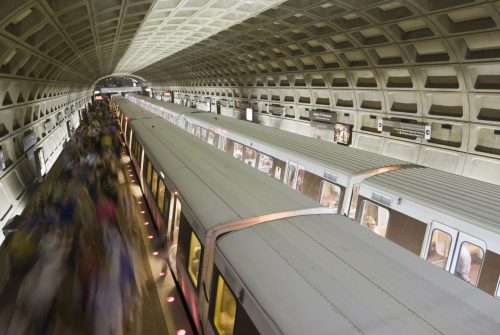
For service changes, Metro is focusing on providing more consistent service throughout the day.
- Peak hour service would have trains every five to ten minutes.
- Rail would stay open until midnight seven days a week starting in July and increase to 1 a.m. on Fridays and Saturdays starting this fall.
- The rail service should see 12-minute or less waits during most of the day.
- 20 of the busiest bus routes would see 12-minute or less waits during the day. Sixteen other bus lines would have service every 20 minutes or less.
In June the WTMA (The Washington Township Municipal Authority) shared how rail ridership was down 83 percent over 2019, and bus ridership was down 65 percent.
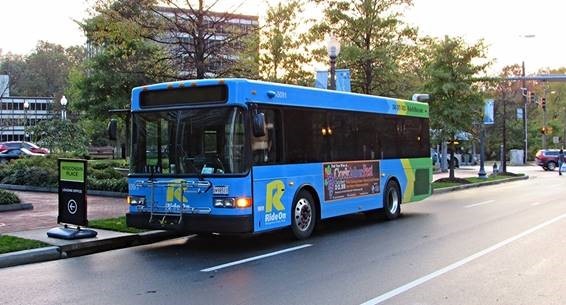
The Montgomery County Department of Transportation (MCDOT) has been awarded a $450,000 grant by the Federal Transit Administration to create a Ride On Crowd Sourcing System (ROCSS) application that provides real-time bus status and passenger counts for Ride On routes to the public and MCDOT’s central dispatch. The new technology is the first to coordinate with strategically placed buses to assist routes nearing capacity and offer “How Full Is My Bus?” trip planning services.
This cutting-edge project is slated to begin this fall with a pilot of users from the Montgomery County Transit Advisory Group. Rollout to all riders is projected to begin in spring 2022.
The new app will decrease bus wait times by providing additional buses instead of requiring riders to wait for the next scheduled bus. Strategically placed buses will be positioned for a quick response and can be placed on several routes within minutes to provide additional service on a bus route that is nearing capacity. ROCSS will inform the public when a new bus is being dispatched.
For riders who may choose to seek alternative or multiple transit options, ROCSS will provide trip planning that includes other local options such as Metrorail and Metrobus. By using real-time passenger count information that updates every 20 seconds, ROCSS will increase rider confidence and reliability.
“This project will support social equity by making our buses more reliable for our residents that depend on them,” said Montgomery County Executive Marc Elrich. “In order for us to achieve our county’s goal of reducing carbon emissions, we need to reduce the number of cars on our roads and increase the number of residents choosing mass-transit as their commuting option. By improving the reliability of our buses and cutting down on wait times, we are making transit a more attractive option for our residents.”
The grant is part of the Federal Transit Administration’s support of strategies that improve transit operations and enhance the mobility of transit users affected by the COVID-19 public health crisis.
MCDOT will be the first transit agency in the region to have this information sent to Central Dispatch to deploy strategic buses and the first to use the information to provide alternate trip planning.
“This program will undoubtedly enhance the user experience by shortening wait times and increasing reliability as we transition back into in-person activities,” said MCDOT Director Chris Conklin. “The app will also allow for trip planning and contribute to the overall ease of public transit use.”
Ride On services remain free to all passengers—a temporary change made during the health crisis. All passengers are required to wear a face-covering to board and must continue wearing the covering for the entire time riding on a bus. All buses have a supply of face coverings for those who cannot provide their own. Buses will continue to be cleaned by the County’s Department of General Services twice daily with hospital-grade disinfectant. Bus filter and ventilation systems also are treated each night with a disinfectant.
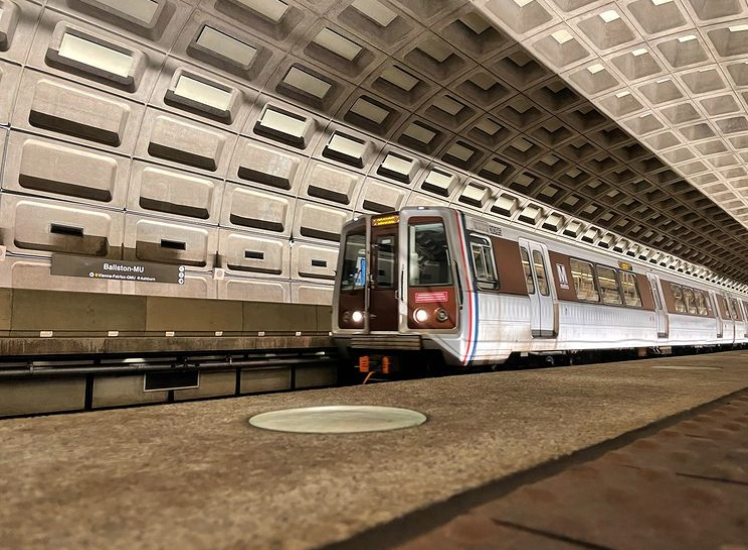
WMATA Plans to Offer Extended Metro Rail Service on Nights When Sporting Events Run Late
WMATA recently announced that on evenings when DC sporting events run late, they will extend metro service.
Starting today (April 27), WMATA will keep their metro trains running for an additional 30 minutes after games end.
Currently, Metrorail service is provided daily until 11:00 PM. Metro’s “flex” service offered after sporting events will extend the train hours until midnight at the latest.
This extended service will be offered after Caps, Wizards, Mystics, Washington Football Team, Nats, and DC United games from now until the end of the year.
During these extended hours, only the stations closest to the arenas will be open for entry– all other stations will be exit only.
You can see the full update from WMATA here, including which stations will remain open for entry.
Featured photo courtesy of WMATA’s instagram.
By: Michelle Katz @pike.and.rozay
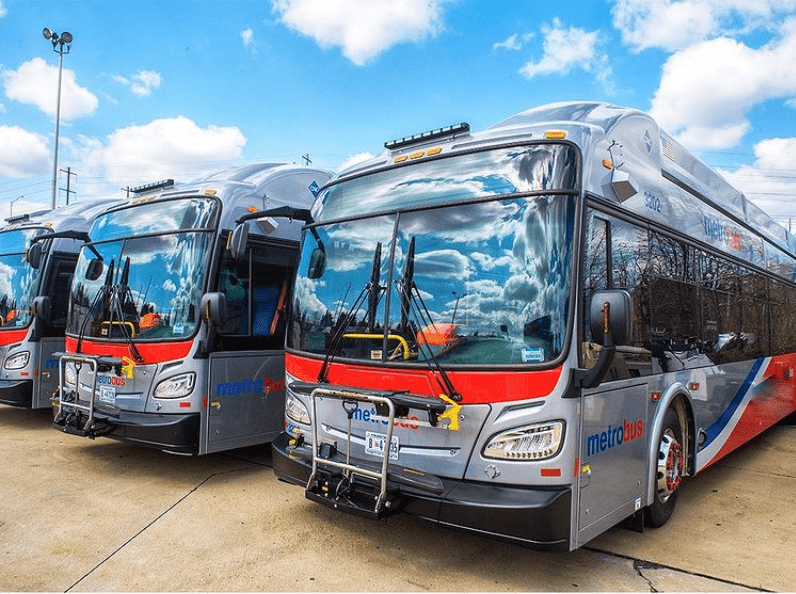
Proposed Bus Routes Would Connect MoCo With Tysons
The Maryland Department of Transportation recently released a draft summary report of a study involving traffic on I-495 and the American Legion Bridge.
This study was conducted in response to a joint plan from both Governors Hogan and Northam to rebuild the American Legion Bridge and connect the interstate highway system, announced in 2019. This plan would allow for new public transportation routes with the hope of providing quicker service between the two states.
At minimum, the plan would create two routes: one connecting Bethesda with Tysons and a second connecting Gaithersburg with Tysons.
Other potential routes include:
- Germantown to Tysons
- Silver Spring to Tysons
- Frederick to Tysons
- Bethesda to Reston
- Bethesda to Dunn Loring via Tysons
- Frederick to L’Enfant via Arlington
Currently, the involved transportation departments are seeking public input on the proposed changes. There will be a public virtual meeting on January 12. Information about this meeting can be found here.
Previously, there was one Metrobus route from Tysons to Bethesda, which ran from 1998-2003. This Metrobus route was initially created with the intent of allowing the bus to drive in the shoulder of 495 in Maryland, bypassing traffic and decreasing commute times. However, this bus route in actuality failed to shorten the commute time and thus was canceled.
Featured photo courtesy of WMATA’s instagram.
By: Michelle Katz @pike.and.rozay
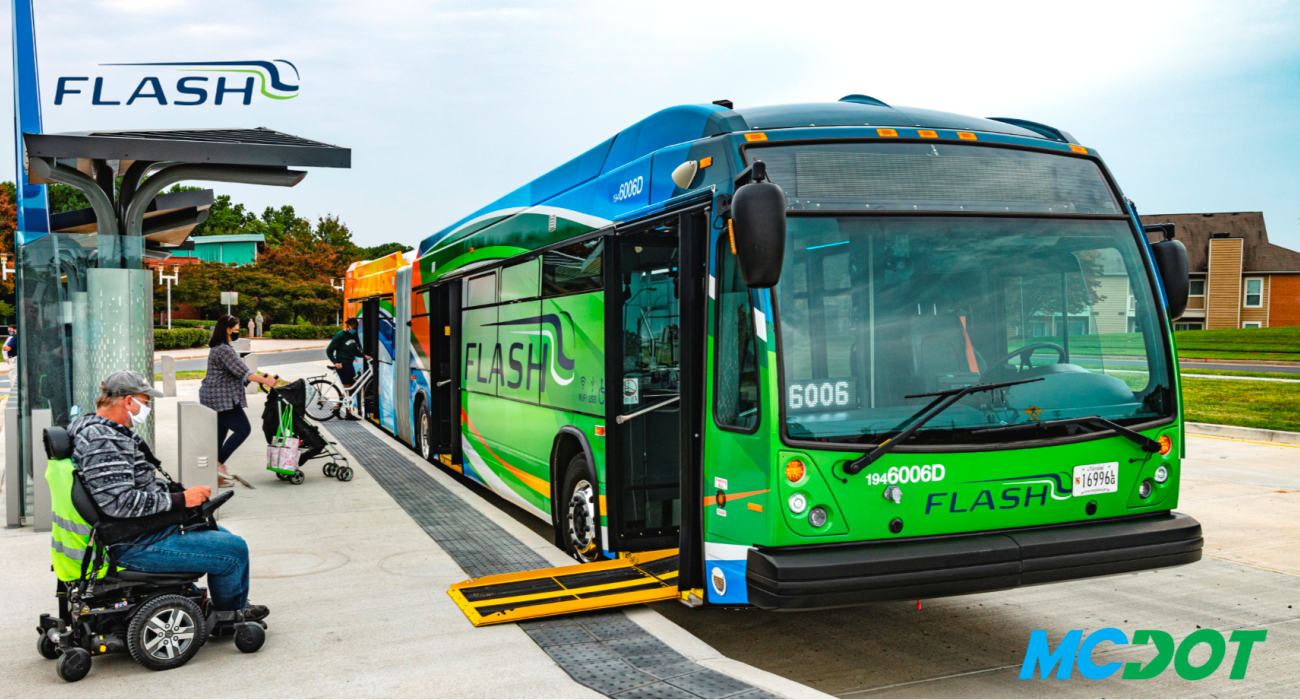
Montgomery County’s Department of Transportation Launches New “Flash” Bus Service
The Montgomery County Department of Transportation’s (MCDOT) brand-new high quality bus transit service, “Flash,” (https://www2.montgomerycountymd.gov/mcgportalapps/Press_Detail.aspx?Item_ID=26941) will transport its first passengers today.
Spanning along busy US-29, Flash boasts frequent, reliable service on large buses equipped with exciting amenities, all at the same price as any other bus trip. The service promises 15-minute maximum wait times and aims to cut down travel time by an estimated 30 percent.
Faster boarding procedures, exclusive use of transit shoulders, and traffic signal priority make transit times shorter than that of other services. The installment of three Flash stations at existing Park & Ride lots and ten Capital Bikeshare stations along the route make for improved access.
The 80-passenger capacity buses have three doors for faster boarding and offer free WiFi and USB charging ports inside. An automated wheelchair securement system gives wheelchair and scooter users the option to secure themselves independently unless assistance is requested. The buses are the first in the region to have bike racks inside, allowing cyclists to bring their bicycles in with them.
Weather-protected stations are constructed level to the bus door, negating the need for stairs and providing easy boarding to passengers with disabilities or bikes and strollers. Passengers can pay their fare at the station before they board, and interactive screens display real-time transit information as they wait.
Along with all other MCDOT bus services, Flash is currently free of charge in response to the COVID-19 pandemic. Riders are required to wear a face covering and encouraged to maintain maximum social distance as best as possible. Bus interiors are cleaned twice a day with hospital-grade disinfectant, and filters and ventilation systems are disinfected nightly.
The Flash system aims to promote economic development and ease traffic by improving access to high quality, efficient bus service. It is the first step in building a network of Bus Rapid Transit (BRT) lines in Montgomery County, plans to add routes along Rockville Pike and Veirs Mill Road are already in the works.
A launch event can be viewed live at 10:30 am on Twitter @MCDOTNOW, and the broadcast will remain available for watch afterwards.
By Alicia Clanton
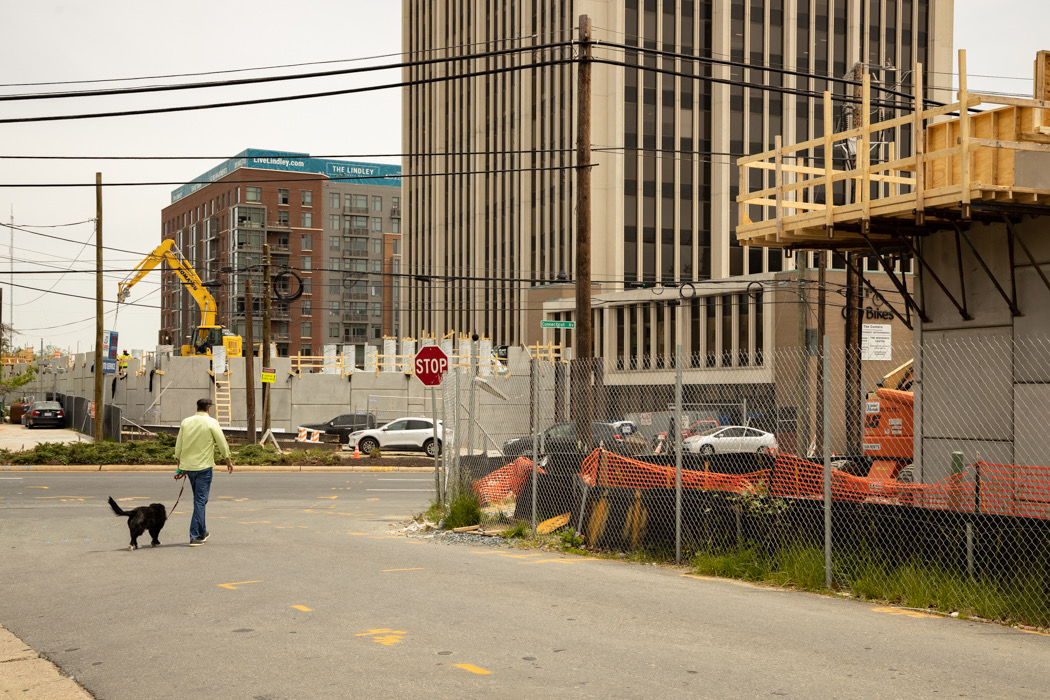
Purple Line development faces contract dispute.
Purple Line Transit Partners (PLTP), the consortium of companies building the Purple Line, plans to pull out of the public-private partnership next month on August 22 unless a new contract agreement is reached. The dispute comes from rising costs and construction delays. Cost overruns for the $2 billion project now total $755 million. In addition, the contractors claim that a 2014 environmental lawsuit delayed the project for 266 days. Both state officials and PLTP have stated that they are committed to negotiating a settlement before August.
With this dispute, construction still continues in downcounty. Zones in Bethesda-Chevy Chase, Greater Lyttonsville/Woodside, Silver Spring, and Long Branch have begun construction this past July. For more updates, visit: https://www.purplelinemd.com/construction/construction-updates
Featured photo courtesy of the Purple Line MD Twitter page (@PurpleLineMD)
By Nyrene Monforte
